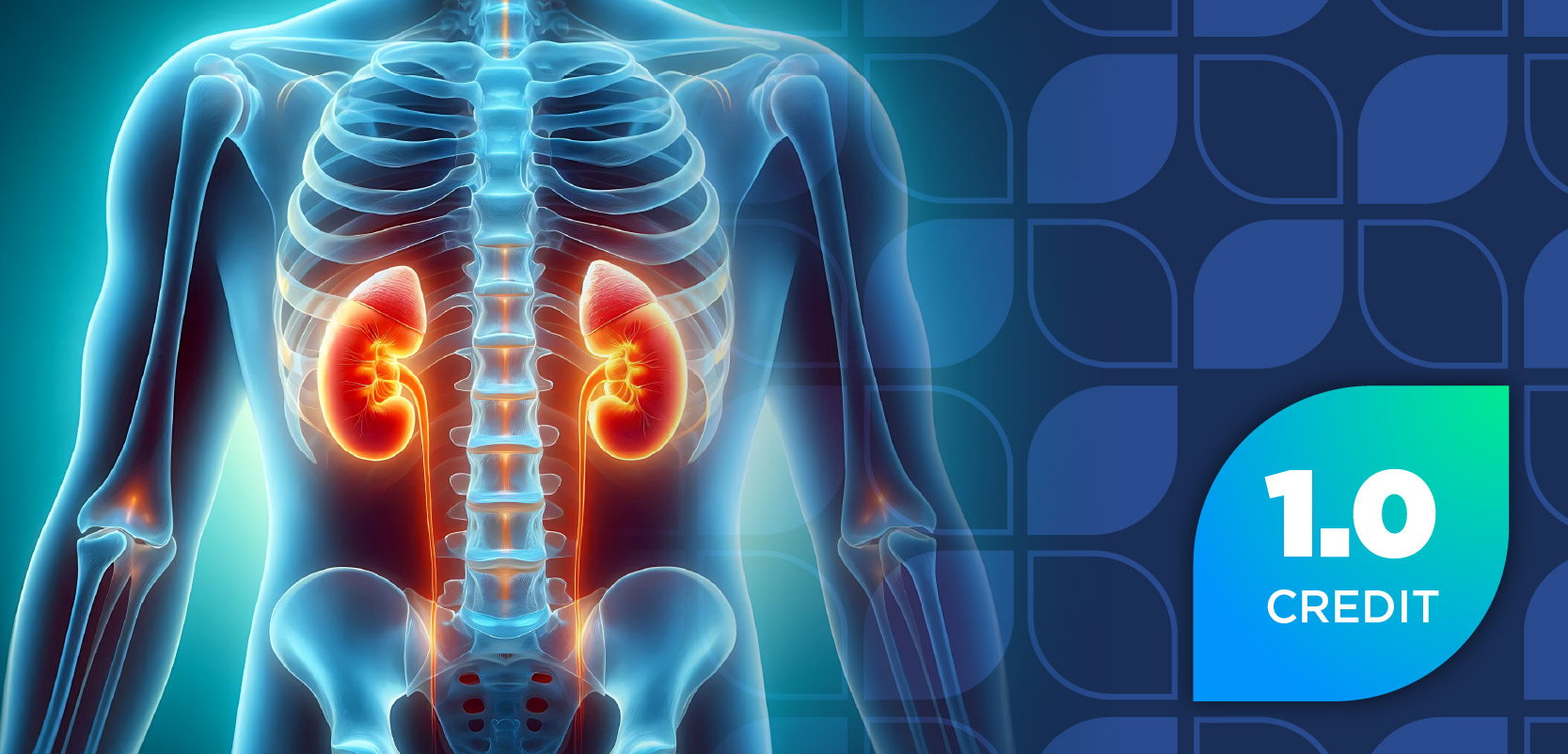
Effective Approaches for Utilizing Nonstatin Therapies
Panelists discuss how medical professionals navigate statin initiation, considering contraindications or delays in specific patient populations, including those with liver disease or renal impairment, older adults, and other high-risk groups, while also examining evolving treatment patterns and factors influencing the adoption of more intensive low-density lipoprotein cholesterol (LDL-C)–lowering therapies.
Episodes in this series

Management of LDL-C–Lowering in Statin-Intolerant Patients Postcardiac Event
Overview
Statin intolerance presents a significant challenge in managing patients’ postcardiac event, where aggressive LDL-C level reduction is essential for secondary prevention. This summary outlines evidence-based approaches for managing these high-risk patients.
Recommended LDL-C–Lowering Strategies
Initial Approach
- Confirm true statin intolerance through rechallenge with different statin formulations, lower doses, or alternate-day dosing
- Target the lowest possible LDL-C level in postcardiac event patients, with goals typically less than 55 mg/dL or at least a 50% reduction from baseline
Nonstatin Therapies
First-Line Nonstatin Option
- Ezetimibe: Recommended as initial nonstatin therapy
- Provides 15% to 25% additional LDL-C level reduction
- Well-tolerated with minimal adverse effects
- Demonstrated cardiovascular benefit in IMPROVE-IT trial
- Cost-effective compared with newer agents
Second-Line Options
- PCSK9 inhibitors (e.g., evolocumab and alirocumab)
- Very effective (50%-60% additional LDL-C level reduction)
- Proven cardiovascular benefit in outcome trials (eg, FOURIER and ODYSSEY OUTCOMES)
- Consider when LDL-C level remains elevated despite ezetimibe
- Injectable administration (biweekly or monthly)
- Bempedoic acid
- Newer oral agent that inhibits ATP citrate lyase
- Provides 15% to 25% LDL-C level reduction
- May be better tolerated than statins (inactive in skeletal muscle)
- Consider as add-on therapy or alternative to ezetimibe
- Inclisiran
- Small interfering RNA therapy targeting PCSK9
- Provides approximately 50% LDL-C level reduction
- Administered every 6 months after initial dosing
- Consider for patients with adherence concerns
Decision-Making Factors for Therapy Initiation/Escalation
Risk Assessment
- Higher-risk patients (e.g., those with recent acute coronary syndrome, multiple events, diabetes, or polyvascular disease) warrant more aggressive therapy.
- Consider absolute LDL-C level and distance from goal
- Assess comorbidities that may influence medication selection
Patient-Specific Considerations
- Medication cost and insurance coverage
- Patient preference for oral vs injectable therapy
- Adherence history and barriers to adherence
- Age and life expectancy
- Renal function (relevant for some therapies)
Monitoring Approach
- Assess LDL-C level response 4 to 12 weeks after therapy initiation
- Consider escalation if insufficient response
- Monitor for adverse effects with each therapy
Impact of Newer Therapies on Treatment Paradigms
Evolving Treatment Algorithms
- Shift from statin-centric to pathway-focused approach
- More personalized therapy selection based on patient characteristics
- Earlier consideration of combination therapy in high-risk patients
Practical Considerations
- Stepwise approach still recommended: ezetimibe first, followed by more expensive therapies
- Consider cost-effectiveness and sustainability of treatment
- Balance aggressive LDL-C level lowering with practicality and adherence
Conclusion
Treating statin-intolerant patients postcardiac event requires a personalized approach. While statins remain a first-line therapy, effective alternatives exist. Treatment decisions should balance cardiovascular risk reduction, tolerability, cost, and patient preferences to optimize outcomes.
Newsletter
Stay informed on drug updates, treatment guidelines, and pharmacy practice trends—subscribe to Pharmacy Times for weekly clinical insights.


















































































































































































































